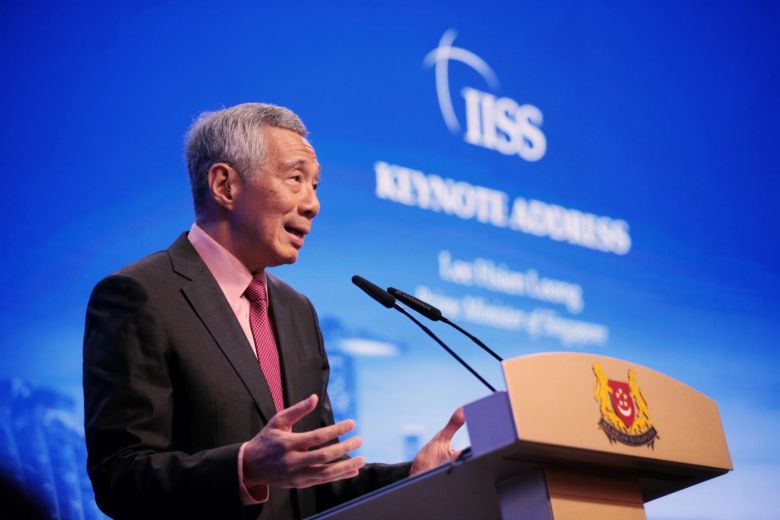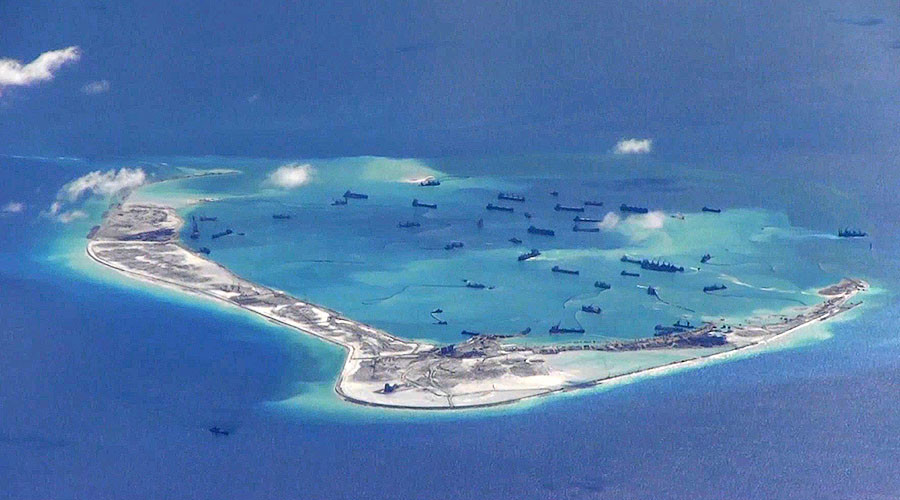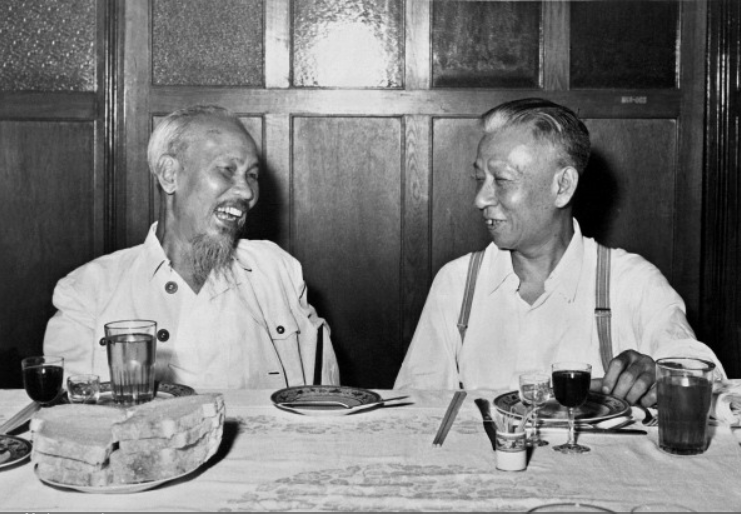Lucio Blanco Pitlo III, President of Philippine Association for Chinese Studies, and Research Fellow at Asia-Pacific Pathways to Progress Foundation
Jun 22, 2021
China recently initiated a wave of diplomatic courtship of ASEAN nations, as both sides work to navigate the reality of China’s resurgent gravity in the Pacfic region.
Wu Zhenglong, Senior Research Fellow, China Foundation for International Studies
Mar 24, 2021
The Quad Security Dialogue will not get far, mainly because three of its members don’t want to compromise relations with China. The dialogue will likely focus on form over content and symbolism over substance. It will do little to shape Indo-Pacific geopolitics.
Richard Javad Heydarian, Professorial Chairholder in Geopolitics, Polytechnic University of the Philippines
Feb 24, 2021
Joe Biden’s hope for reasserting American leadership in Southeast Asia will face growing challenges, not only from China but also a skeptical audience in the region.
Peng Nian, Director of Research Centre for Asian Studies, China
Dec 15, 2020
The incoming U.S. administration’s policy positions will likely include moving quickly to restore America’s influence in the region. It will seek an edge over China at every opportunity and try to draw ASEAN closer.

Richard Javad Heydarian, Professorial Chairholder in Geopolitics, Polytechnic University of the Philippines
Jun 21, 2019
The behavior of both US and Chinese officials at this year’s Shangri-La Dialogue signaled the end of a period of relative peace in the Indo-Pacific region. The smaller states are increasingly concerned that the two superpowers will simply stumble into war, and urge the two to find common ground on shared challenges to maintain a peaceful relationship.

Lucio Blanco Pitlo III, President of Philippine Association for Chinese Studies, and Research Fellow at Asia-Pacific Pathways to Progress Foundation
Jun 21, 2019
The US-China rivalry constitutes a new formidable challenge to Southeast Asia’s cohesion, so they should continue to engage all powers and reinforce consensus among themselves.
Richard Javad Heydarian, Professorial Chairholder in Geopolitics, Polytechnic University of the Philippines
Mar 19, 2019
Malaysian Prime Minister Mahathir Mohammed has demonstrated himself to be a truly independent-minded leader. With an inexplicable audacity to stand up to both the West and East in order to protect the interest of smaller nations, he very well may be the last titan of Asia.

Lucio Blanco Pitlo III, President of Philippine Association for Chinese Studies, and Research Fellow at Asia-Pacific Pathways to Progress Foundation
Dec 10, 2018
Southeast Asia is finding new ways to turn the US-China trade war into an opportunity.

Steven Stashwick , Independent writer and researcher
Jun 13, 2018
The new missiles China has reportedly deployed to three islands in the Spratly chain could target nearly any ship and most aircraft in the southern half of the South China Sea. This radically changes the strategic environment. These missiles mean that China’s bases in the Spratlys are no longer theoretical military threats but real ones.

Philip Cunningham, Independent Scholar
Jun 13, 2018
China’s diplomatic forays into Southeast Asia are periodic and predictable. Yet Premier Li Keqiang may have his work cut out for him in upcoming forays to the region. Shifts in diplomatic outlook on the part of both the U.S. and China are changing the rules as tensions arise and polarize the region.
Back to Top

- China-US Focus builds trust and understanding between the U.S. and China through open dialogue among thought leaders.
- Our Offerings
- Topics
- Videos
- Podcasts
- Columnists
- Research Reports
- Focus Digest
- Stay Connected
-
Thanks for signing up!
- Get the latest stories from China-US Focus weekly.